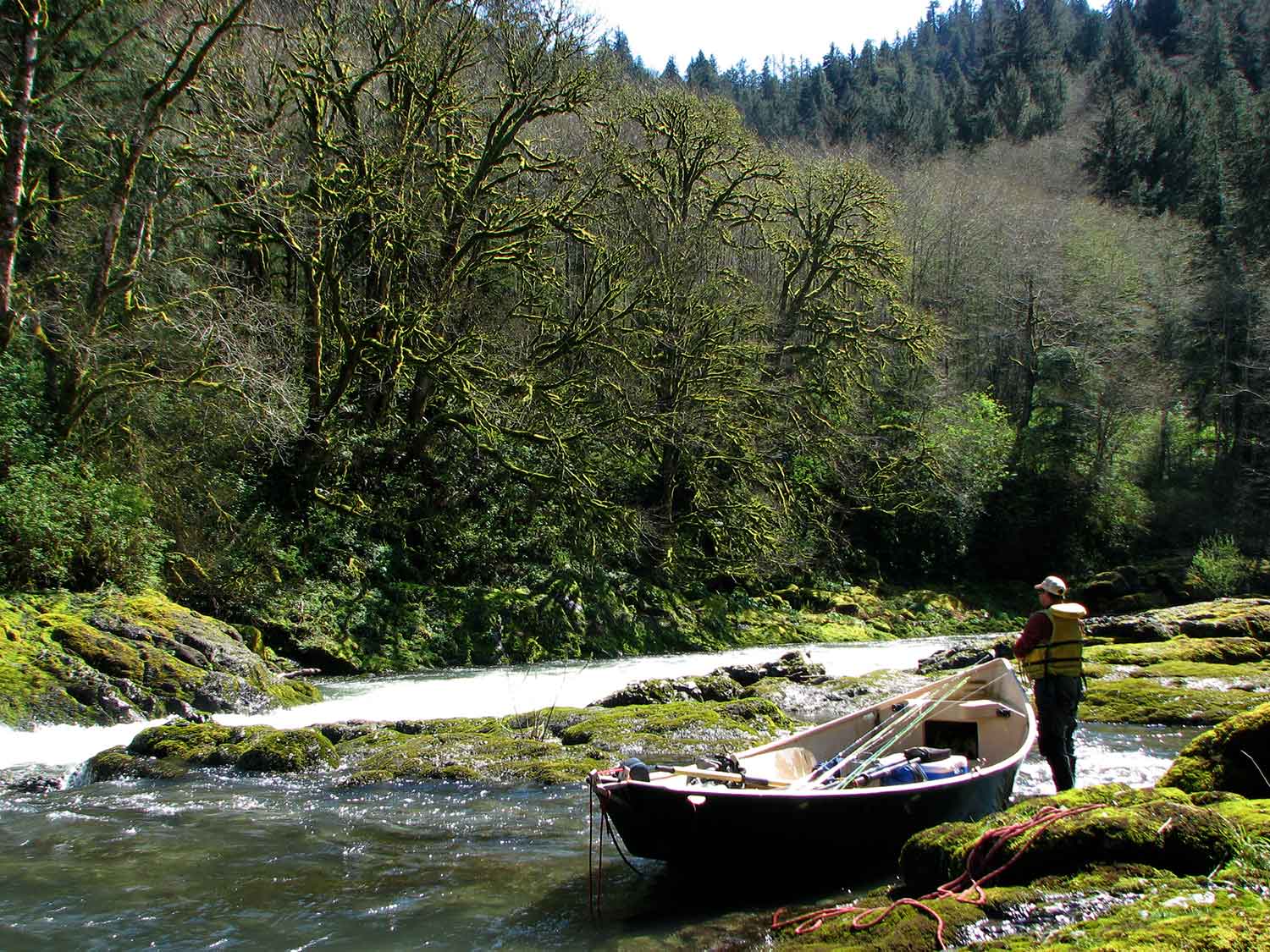We’re building momentum for stronger conservation in the Tillamook Rainforest, home to six wild salmon strongholds. At the end of 2021, Oregonians will have an important opportunity to speak up for the forest.
Stretching across more than 500,000 acres of public land in Northwest Oregon between Portland and the coast, the Tillamook Rainforest is an oasis of wild rivers, popular recreational trails, and important hunting and gathering areas. One of the best places on the planet to grow large trees, the Tillamook is crucial habitat for rare species like the northern spotted owl, marbled murrelets, and coho salmon, as well as important game species such as deer and elk. The forest filters and supplies drinking water for more than 500,000 Oregonians. And it acts as a massive carbon sink that’s important in the fight against climate change.
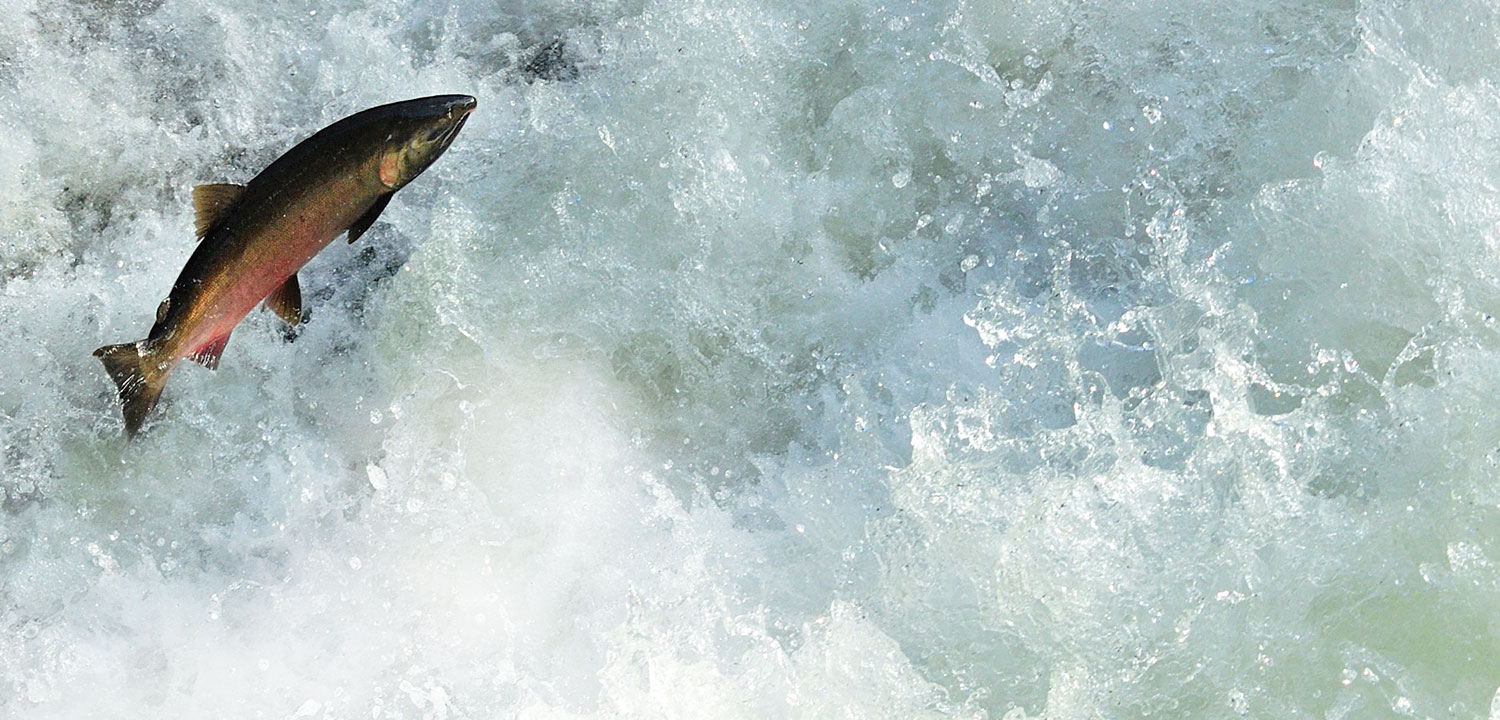
The debate over the Tillamook has centered on how much to log. Some rural counties have allied with the timber industry to promote industrial logging across the entire forest. Wild Salmon Center has never pushed for an end to logging, but rather for a balanced approach—one that gives the timber industry a reliable supply of logs and local employment, while setting aside stream buffers, steep slopes, and other important fish and wildlife habitat. Over the years, we’ve secured hard-fought conservation agreements, only to see timber industry pressure weaken them. But the political, economic, and social dynamics of the North Coast are changing.
Over the years, we’ve secured hard-fought conservation agreements for the Tillamook, only to see timber industry pressure weaken them. But the political, economic, and social dynamics of the North Coast are changing.
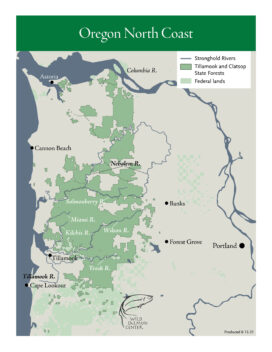
The Tillamook Rainforest is part of the North Coast’s growing $550 million outdoor recreation economy. Hundreds of fishing guides and outfitters depend on wild fish runs that originate in the six world-class wild salmon and steelhead rivers here—the Trask, Wilson, Kilchis, Miami, Nehalem, and Salmonberry. Hunters, hikers, bikers, birders, mushroom gatherers, summer swimmers, and off-road enthusiasts all use these lands and contribute to local businesses. The developing Salmonberry Trail, which will connect the Portland metro area to the coast, will run right through the heart of the Tillamook Rainforest. In short, the forest is at the center of expanding recreation opportunities and benefits for Oregonians.
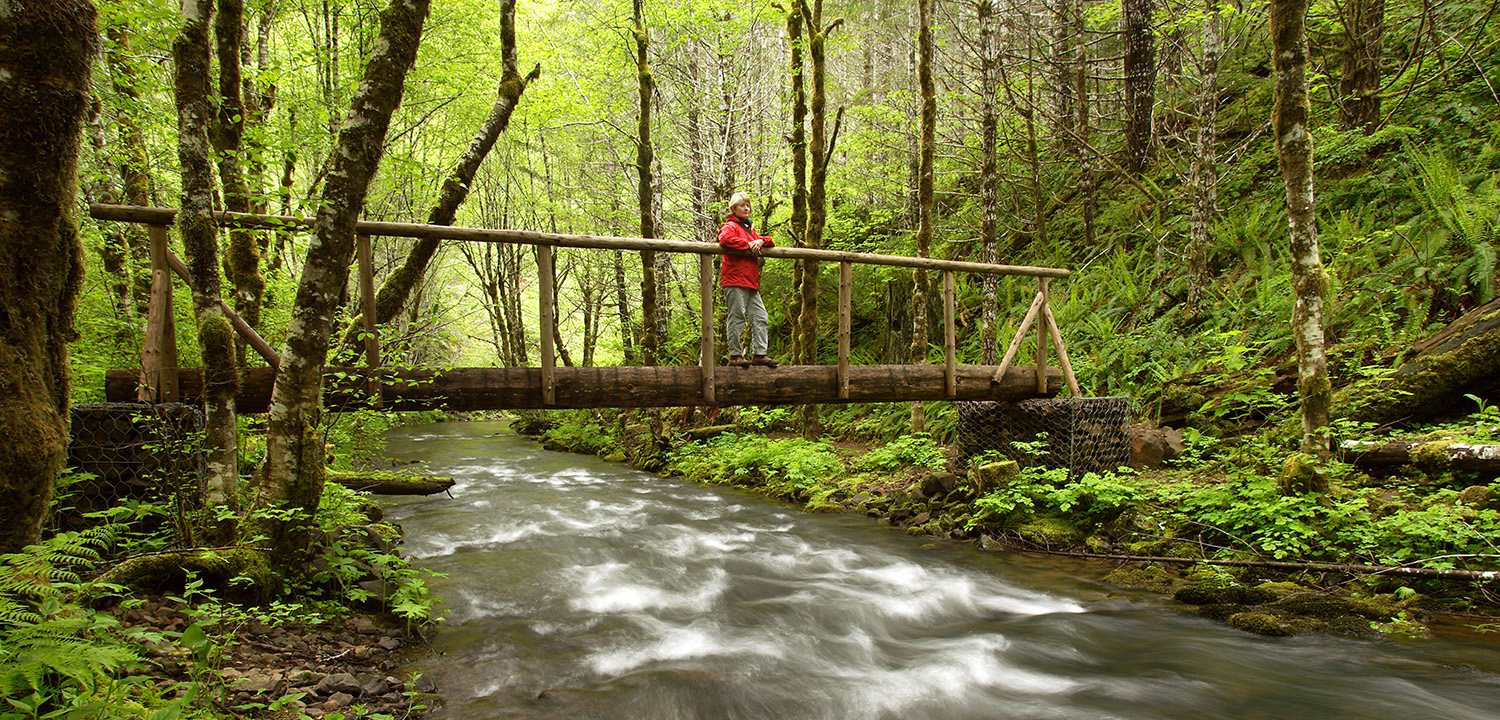
Durable Protections
The Oregon Department of Forestry is advancing a plan, crafted with substantial public input, to protect the Tillamook Rainforest for fish, wildlife and people. This plan would conserve important wildlife and recreation corridors including the Nehalem River, Kings Mountain, and the Wilson River. All salmon streams will earn wider forested buffers. And the plan would be federally-approved and remain in effect for 70 years. It’s an enduring legacy of conservation and recreation for generations of Oregonians to come.
Although the plan improves harvest certainty for timber interests, the timber industry and supporters are pushing rollbacks on conservation. These rollbacks undermine a generational opportunity to move beyond the timber wars and install balanced management of the Tillamook for timber, recreation, and conservation. It’s time to finalize a 70-year plan for the Tillamook that protects our public lands legacy, expands opportunities for fish, wildlife and people, and supports our growing outdoor recreation economy.
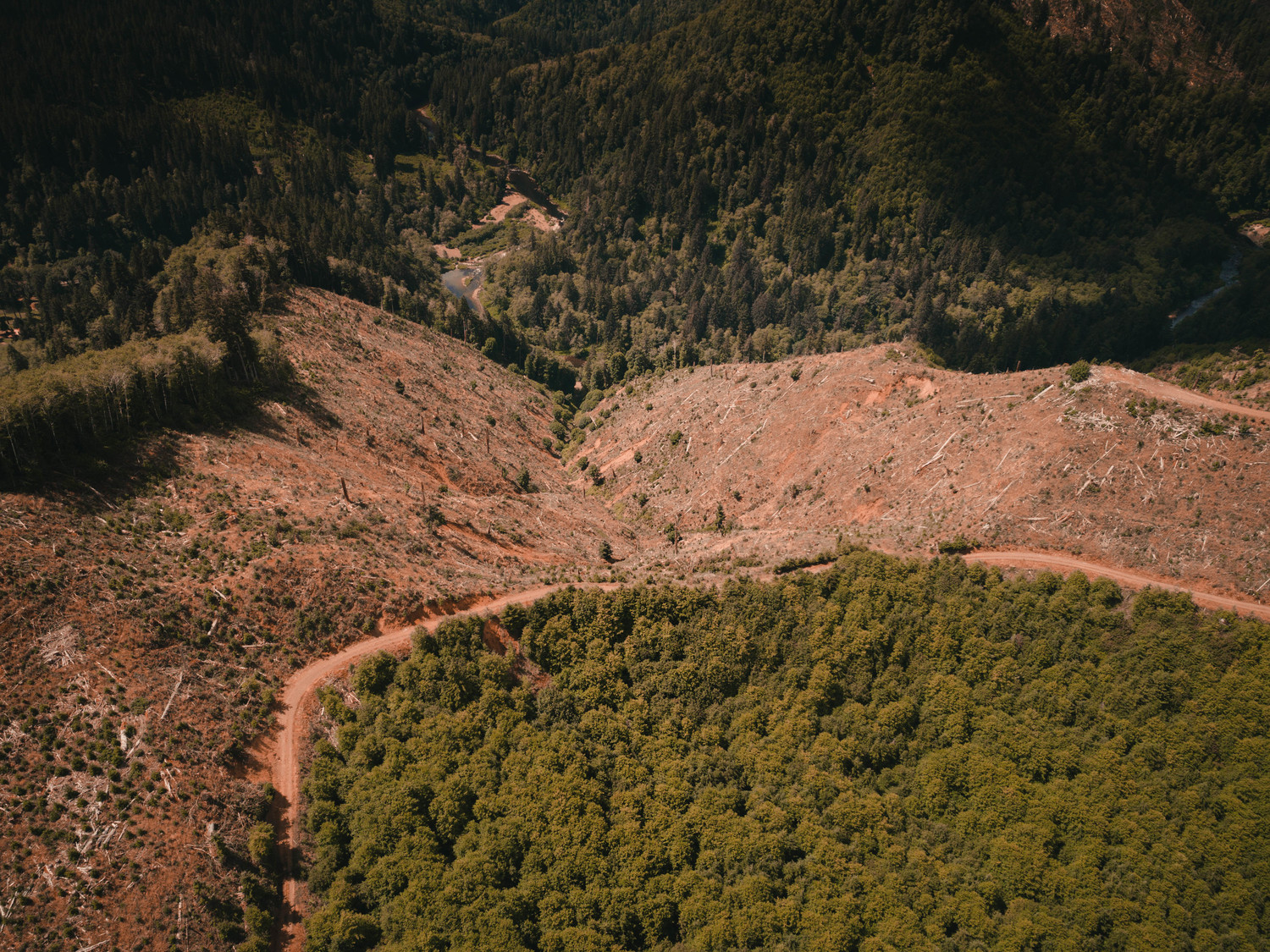
And that’s where you come in. At the end of 2021, Oregonians will have a chance to weigh in for stronger conservation on the Tillamook, as federal wildlife agencies review alternatives for managing public lands in the Tillamook. We will need all wild fish and wild river lovers to speak up for this special place.
Right now, on the Protect the Tillamook campaign site, we’re joining with partners to build toward that public comment period by sharing stories from the forest and offering opportunities to voice support for conservation on the Tillamook. Get out in the forest, tag us on your social posts, and let us know why this wild refuge is so important to thousands of Oregon families and communities. We’ll see you on the water!
At the end of 2021, Oregonians will have a chance to weigh in for stronger conservation on the Tillamook. We will need all wild fish and wild river lovers to speak up for this special place.
